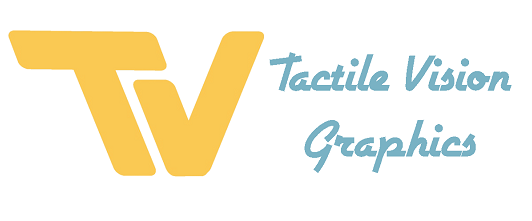
We all understand that the academic curriculum is important. Whether we’re talking about the times tables, calculating an angle on a polygon, or labelling the Diagram of a skeleton, math and science are crucial to our education. They can also teach and reinforce independence.
There are different kinds of learners:
- Some people learn by listening … and that does not apply to all blind people, by the way;
- Some people learn visually … and believe it or not, many blind people classify themselves as visual learners, regardless of whether they have sight or not;
- Some people learn kinesthetically, by muscle memory, by doing, in other words;
- Some people learn best by memorising the concepts and processes involved in a task, … reading the manual maybe;
- And some people learn tactually, by touching a thing.
We are not here to make a pronouncement on which kind of learning is most effective for vision-impaired learners; we simply offer a solution to the lack of tactile resources.
A Surprising Discovery about Tactile Diagrams
It might surprise you to know that some vision-impaired people have never had the opportunity to examine basic geometric shapes: I’m talking about quadralateral shapes and polygons, let alone rectangle versus square.
These descriptors are used so frequently in conversation and the written word that a lack of exposure to what the words refer to can mean unexpected gaps in daily life.
A room is often described as a rectangle. That should automatically communicate certain information to a vision-impaired person but if you don’t know what a rectangle is, specifically, you may have some difficulty assimilating your environment.
How do we identify something if we’ve never seen or been able to touch it?
How do we develop spatial awareness if our learning is entirely audio or descriptive?
Our diagrams are a great example of a tactile image which can teach daily living skills as well as reinforcing the academic curriculum. A spatial sense of it can only enhance a person’s independence.
Math aids strengthen our financial facility, solidify spatial awareness and expand our efficiency with weights, volumes and measures.
Anatomical diagrams are useful to know about, if you’re concerned about your eye condition; having back trouble; reading about a sophisticated kind of brain sergery; researching sun block, or simply trying to pass an exam.
Teachers of the visually impaired spend hours making diagrams like these accessible to their students using any manner of methods: collage; thermoform; swell paper; Braille. We offer another. All our diagrams are hand-crafted using a high-quality patented technique which produces crisp images, durable Braille and a spectacular visual effect.
Enjoy browsing through our growing selection of science and math aids whose titles are fairly self-explanatory.
All diagrams include Braille labels, so Ask us at Tactile Vision Graphics for the unlabelled version of Tactile Math and science diagrams for testing purposes.
Purchase our math and science aids on the Tactile Vision Graphics website

Why is there no 2019 calendar yet?
Hello Lynn:
Thank you for your enquiry.
The 2019 calendar is shipping now. It should be up on our website within a couple of days,–we apologise for the delay.
We can correspond by email regarding a possible order, if you would like.
Kind regards,
Rebecca Blaevoet